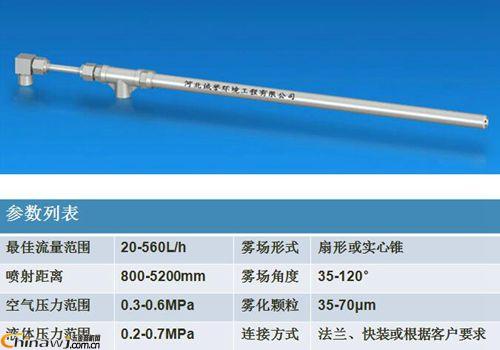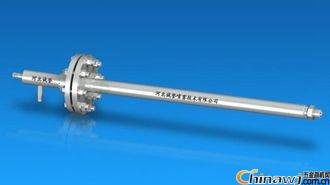Technical application of SNCR denitration technology in boiler denitration
Technical application of SNCR denitration technology in boiler denitration
As a supplier of industrial steam and hot water, industrial boilers are essential consumables for industrial development and social life. In the application of industrial boilers, industrial boilers and power station boilers that mainly burn coal will generate a large amount of nitrogen oxides, which will cause serious pollution to the air. Therefore, boiler denitration has become an issue that cannot be ignored.
In the boiler denitration technology, SNCR denitration technology has become the first choice for many small and medium-sized boilers.
SNCR is a selective non-catalytic reduction denitration technology, which is the denitration technology that is second only to SCR in China. Compared with SCR denitration technology, SNCR denitration technology does not require the use of catalysts. In addition to ammonia, the reaction reducing agent can also use urea. It has the characteristics of low investment, low operating cost and short cycle, but the larger the boiler, the lower the denitration rate. Therefore, SNCR technology is more suitable for small and medium-sized boilers.
The SNCR denitration technology is to inject a reducing agent such as NH3 and urea into a boiler furnace to selectively react with NOx without using a catalyst, so it is necessary to add a reducing agent in a high temperature region. The reducing agent is sprayed into the furnace at a temperature of 850 to 1100 ° C, rapidly decomposed into NH 3 , and reacts with NOx in the flue gas to form N 2 and water. The technology uses a furnace as a reactor.
The denitration efficiency of SNCR flue gas denitration technology is generally 30% to 80%, which is greatly affected by the size of the boiler structure. With SNCR technology, the current trend is to use urea instead of ammonia as a reducing agent. In the range of 850 to 1100 °C, the main reaction of reducing NOx by NH3 or urea is:
NH3 is a reducing agent 4 NH3 + 4NO + O2 → 4N2 + 6H2O
Urea is a reducing agent
NO+CO(NH2)2 +1/2O2 → 2N2 + CO2 + H2O

Http://news.chinawj.com.cn
 Editor: (Hardware Business Network Information Center) http://news.chinawj.com.cn
Editor: (Hardware Business Network Information Center) http://news.chinawj.com.cn 
HUATAO as As a professional supplier of FILTRATION AND SEPARATION products, service to filtration industry.
Main products including: LINEAR SCREEN CLOTH, SPIRAL Filter Belt , FILTER CLOTH, FILTER Felt , Sludge Dewatering Belt, Belt filter Press, Filter Fabrics, FILTER BAG ETC.
It applies to municipal sewage treatment plants, pharmaceutical, electroplating, paper, leather, printing and dyeing, metallurgy, chemical industry, slaughtering, food, wine, washing and environmental projects in the wastewater treatment sludge dewatering process, in industrial production can also be used for solid separation of the liquid occasions, is ideal for environmental management and resource recovery.
Industrial Synthetic Belts,Filter Fabrics,Filter Belt,Sludge Dewatering Belt,Belt Filter Cloth
HUATAO GROUP LTD , https://www.huataogroup.com